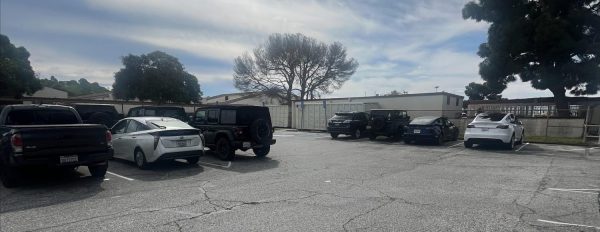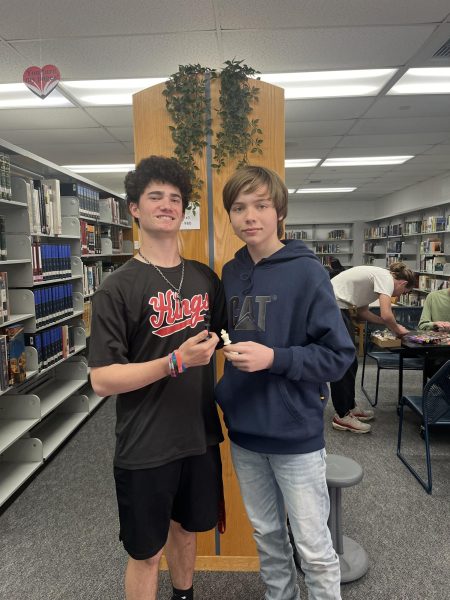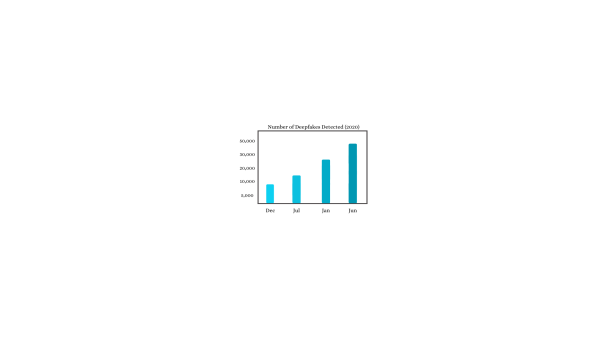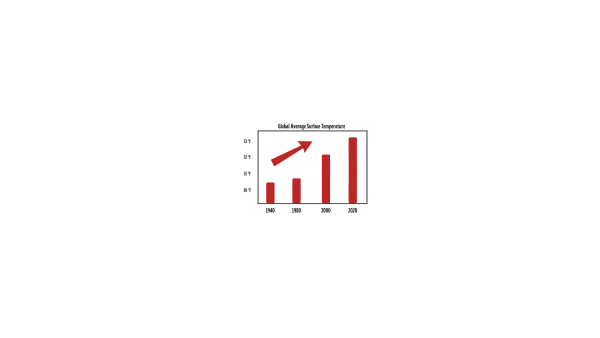Rocky Reef Restoration
The marine ecosystem off Palos Verdes is full of biodiversity and life, yet years of Dichlorodiphenyltrichloroethane (DDT) runoff from the Montrose Chemical Corporation of California and the Portuguese Bend landslide have put a strain on the ecosystem.
Driving down Palos Verdes Drive South this past summer, one may have noticed barges, tugboats, and cranes in the ocean off of the Portuguese Bend. This is part of the National Oceanic and Atmospheric Administration’s (NOAA) Montrose Settlement Restoration program where a 140 million dollar settlement was funded by the Montrose Chemical Corporation for the creation of an artificial reef, in an attempt to restore the aquatic life and kelp forest biodiversity.
One cause of the decimated ecosystem is due to 1950s heavy road construction, accelerating the landslide.
Junior Tristan Wattson has first-hand experience with the damage that the landslide has caused on the ocean through freediving, spearfishing, and lobster diving.
“The effects of the landslide are devastating for marine life,” Wattson said. “The sediment covers up delicate rocky ecosystems and makes the water very murky.”
Just as the landslide dirt covered up rocky reef habitat, forming ocean sediment that chokes out the ecosystem,
“Barge loads of sand were dropped over the contaminated area to try and cover the DDT,” Marine Biology teacher Marta Wood said.
The sand dropped over the contaminated area puts additional strain on the ecosystem.
“Even though the sand helped cover up the DDT, the sand also covered up the habitat for many animals,” said Wood.
DDT is an insecticide that was produced in Torrance, California, and made its way from the factory into the sewers to the sewage discharge pipes off of White Point, San Pedro.
The insecticide was banned in 1972 due to the negative effects on humans and the environment, but has had lasting effects on marine life.
DDT affects the nervous system of animals and insects as well as affecting the eggs that they may lay.
“DDT has a very long half-life,” said Wood. DDT from 50 years ago is still prevalent in Palos Verdes today.
The contaminated area of DDT is estimated to be about 17 square miles of the ocean floor, so removal of the contaminated sediment would be impossible.
“The solution to this environmental disaster is an artificial reef,” said Wood. “I think that this will work because it will cover up the DDT and give animals a place to live.”
According to Occidental College, “research indicates that multiple factors including reef size, spacing, relief, rock size, heterogeneity, depth, sediment depth, location relative to kelp bed perimeter and flux all influence reef performance.”
70,000 tons of large rock was transported from a quarry at Catalina Island on barges to Palos Verdes where they were dropped off to create an artificial reef for the somewhat decimated ecosystem.
Currently, the reef consists of just rock, however, in time, the rocks will become covered in kelps and algae that will be the basis of the reef, new homes for the fish and other crustaceans that were impacted by DDT and landslides.
The rocks will hopefully restore the rocky reef habitat of the Palos Verdes Penninsula, allowing all species to thrive again.

Andrew Carpenter is the format editor and this is his 2nd year with The Point. Andrew loves fishing, surfing, cooking, and his dog Zuma.








